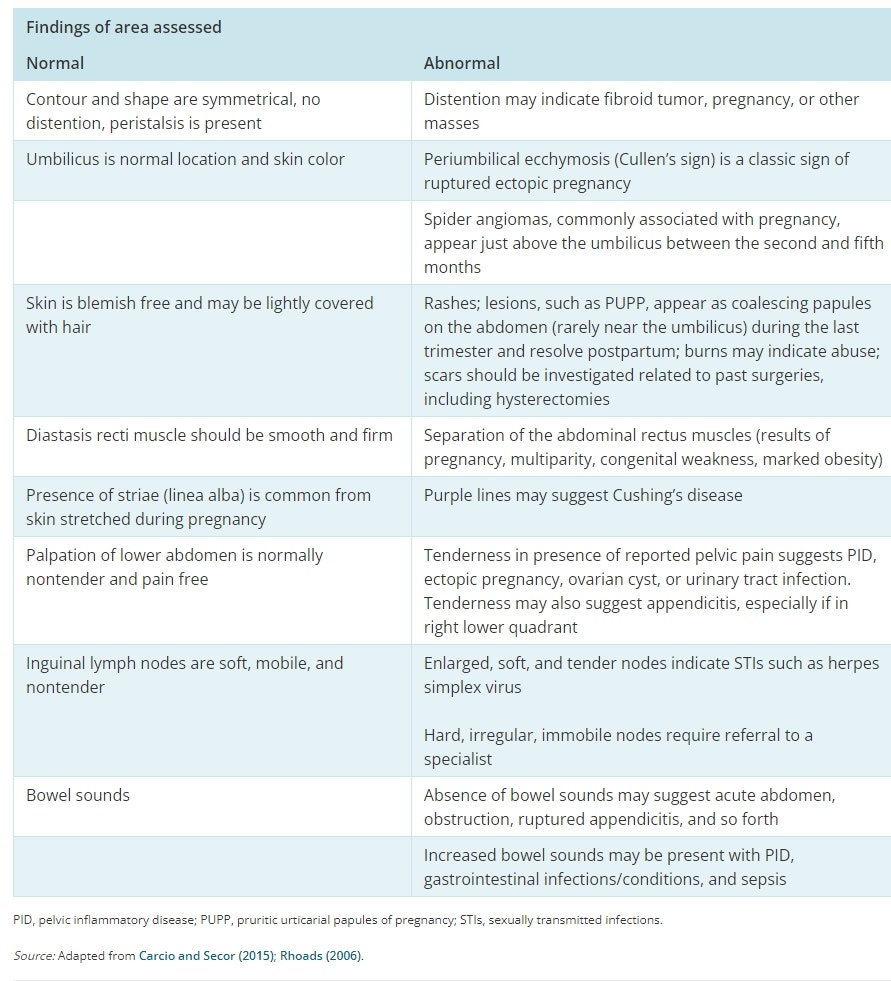
Using Role-Play for Learning: Conducting a Comprehensive Abdominal Exam
Mastering the art of conducting a comprehensive abdominal examination is a crucial skill for nursing students in women’s health. This process involves more than just technical proficiency; it requires effective communication, keen observation, and a thorough understanding of anatomy and physiology.
Role-playing scenarios in the classroom provide a dynamic approach to honing these skills, allowing students to simulate real-world situations in a supportive environment.
Let's explore how role-play questions can enhance the educational experience in your classroom when conducting a comprehensive abdominal exam.
Role-playing serves as a powerful tool in nursing education for several reasons:
Practical Application: It bridges the gap between theory and practice, enabling students to apply theoretical knowledge to realistic scenarios.
Skill Development: Students develop clinical skills such as patient communication, physical examination techniques, and diagnostic reasoning.
Confidence Building: Role-playing fosters confidence in handling challenging patient interactions and clinical procedures.
Setting the Stage: Creating an Effective Role-Play Environment
Before initiating role-playing exercises, it’s essential to establish a conducive learning environment:
1. Clear Objectives: Define learning objectives, focusing on specific aspects of the abdominal exam, such as inspection, palpation, percussion, and auscultation.
2. Patient Scenarios: Develop realistic patient scenarios that vary in complexity, allowing students to practice different aspects of the examination.
3. Feedback and Reflection: Encourage debriefing sessions after each role-play to provide constructive feedback and allow students to reflect on their performance.
Role-Play Questions for Performing an Abdominal Exam
Patient Interaction and Communication
1. Establishing Rapport: How would you introduce yourself and build rapport with a patient before starting the abdominal examination?
2. Gathering History: What questions would you ask to gather pertinent medical history and present illness information related to abdominal complaints?
Conducting the Examination
3. Technique and Approach: Describe the step-by-step approach to performing each component of the abdominal exam (inspection, palpation, percussion, and auscultation).
4. Interpreting Findings: How would you interpret findings such as abdominal tenderness, organ enlargement, or abnormal bowel sounds during the examination?
Clinical Decision-Making
5. Diagnostic Reasoning: Based on the examination findings, what differential diagnoses would you consider, and what additional investigations or consultations might you recommend?
6. Patient Education: How would you explain the examination findings and proposed next steps to the patient in a clear and empathetic manner?
Practical Application and Learning Outcomes
Through engaging in role-play scenarios for performing a thorough abdominal exam, medical students can achieve several learning outcomes:
Enhanced Technical Skills: Practice precise examination techniques under simulated clinical conditions.
Improved Communication: Develop effective communication skills with patients, including active listening and conveying medical information clearly.
Critical Thinking: Apply clinical reasoning to interpret examination findings and formulate appropriate management plans.
According to Fast Facts About the Gynecologic Exam, 2nd Edition, conducting a comprehensive abdominal examination is recommended in most gynecologic exams, regardless of the visit's purpose, and is crucial for a well-woman exam. The text also includes assessment findings of the abdomen, covering both normal and abnormal conditions.


Role-playing questions and scenarios in the classroom offer an invaluable opportunity for nursing students to refine their skills in performing a thorough abdominal exam. By simulating realistic patient encounters and receiving structured feedback, students can confidently apply their knowledge and skills in clinical practice. These exercises not only prepare students for the challenges of healthcare but also foster empathy and professionalism in patient care.
In, Fast Facts About the Gynecologic Exam, this updated guide to the GYN exam offers essential information for nurse practitioners, NP students, and primary care providers. Part I covers the clinical aspects of the exam and strategies to minimize anxiety and discomfort. Part II includes guidance for examining women of all ages, including those who have experienced sexual abuse, obesity, or genital mutilation.
Learn more in your free chapter!

